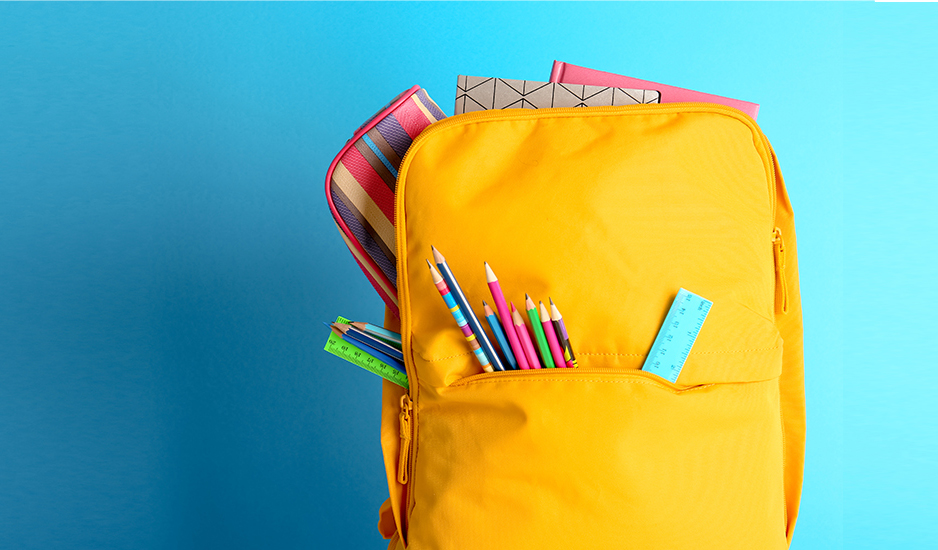
Children heading back to the classroom this fall — as many of their parents head back to the office — will face unusual challenges. One of them is anxiety about being separated from their families after months of togetherness. For some kids it will trigger separation anxiety. And some may be worried about the continuing risks of the coronavirus pandemic, as masking and distancing requirements are relaxed but not everyone is protected.
In some cases kids may resist going back to school because the quarantine was actually a lot easier for them than going to school — kids with a lot of social anxiety, or who were bullied, or kids with learning disorders who had an easier time at home where they could do things at their own pace.
We’ve put together a brief list of pointers for families on helping ease children into the “new normal” and support them in coping with anxieties that we predict will be more intense and prevalent this fall. You can find a robust list of resources we developed in Fall 2020 here.
1. Validate their feelings
It’s worrisome when kids are clingy or fearful about separating from you, but it’s important for parents to stay calm and stay positive. If a child is struggling, or they say they miss you, that’s okay. You want to say, “I miss you too, and I’m so proud of you for going to school.”
2. Set the tone
If you lead with your own anxiety, you’re only going to fuel anxiety. Try not to ask leading questions (“Are you nervous about going back to school?”), which can indicate to your child that there really is something to worry about. If children have questions you can’t answer, you can say, “That’s a really good question. I am not sure, but I can find out the answer to that question.”
3. Help them think positive
One way to help kids focus on positive things is to try to get them to talk about the good things about school. What are they looking forward to? What did they enjoy most in the past? For younger kids with separation issues, transitional objects can help them feel comfortable. A transitional object can be anything that helps your child feel connected to you when you’re apart — a button, a handkerchief, a stone you found together.
4. Emphasize safety measures
We can’t promise our kids that we won’t get sick, but we can express confidence in public health efforts like vaccination and in the schools who have done months of planning to minimize risk and keep everyone safe. Older children can understand the concept of acceptable risk — that sometimes we have to take small risks to do important things.
5. Practice separating
For children who are anxious about being apart, our experts suggest practicing separation, starting in small ways and building tolerance for more and more independence. This can be as simple as children playing in their room by themselves or staying with another caregiver while Mom or Dad goes out. These steps build currency towards the big separation.
6. Have a routine
Making sure that your child has a predictable routine leading up to school can help kids, especially younger ones, feel more secure. And if your routine and practicing separation still don’t prevent a child clinging to you at drop-off, it helps to have coordinated a plan with the teacher, so you know that when the teacher steps up to engage your child, and your child is even tentatively engaged, it’s the cue for you to go. Many kids feel better as soon as they get into the swing of the school day, so drawing out your goodbyes usually doesn’t help.
7. Encourage flexibility
We don’t know how “normal” most kids’ schools will be in the fall, and plans may be changing up to the last minute. That includes the possibility that children who start school in person may be expected to switch back to remote learning, at least for some periods of time. So it’s helpful for kids to know that you’re prepared for changes that may occur. Let your child know that the whole family is going to have to be flexible.
8. When should you get help?
Kids who have trouble separating often just need time, and support from parents and teachers, to adjust. But if your child is having severe meltdowns at drop-off time for more than two or three weeks, and is unable to recover or to even stay at school, for more than three or four weeks, then seeking help can make a big difference. Similarly, if your child’s other school-related worries are causing repeated headaches and stomachaches, constant visits to the school nurse, or refusal to go to school, they may need some help from a mental health professional to deal with fears in a healthy way.
